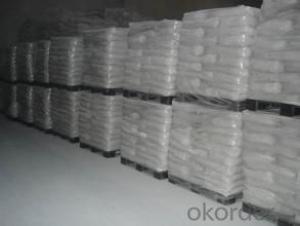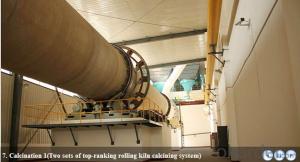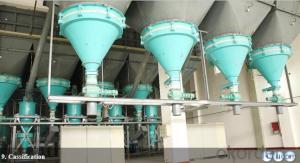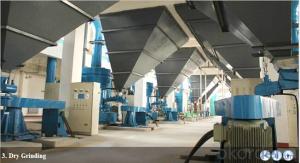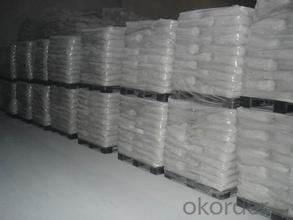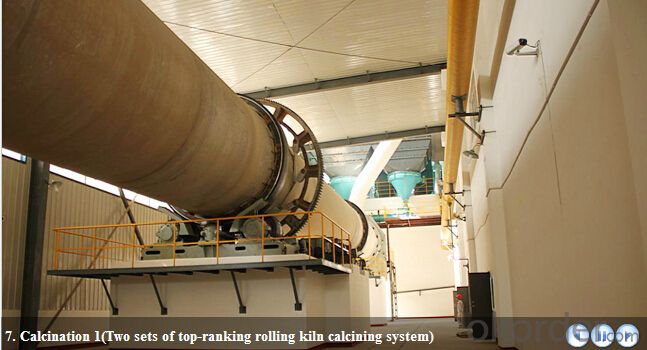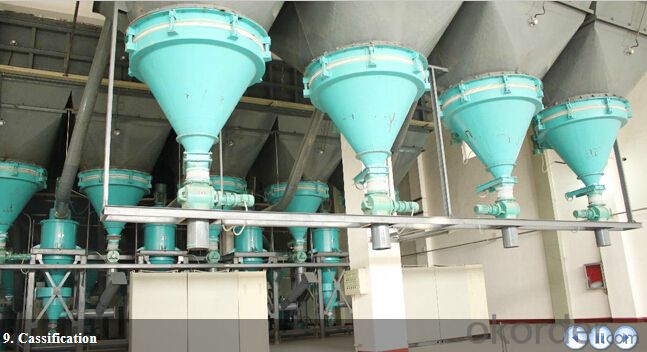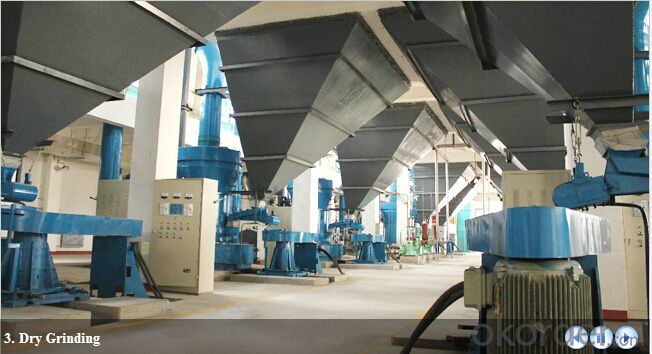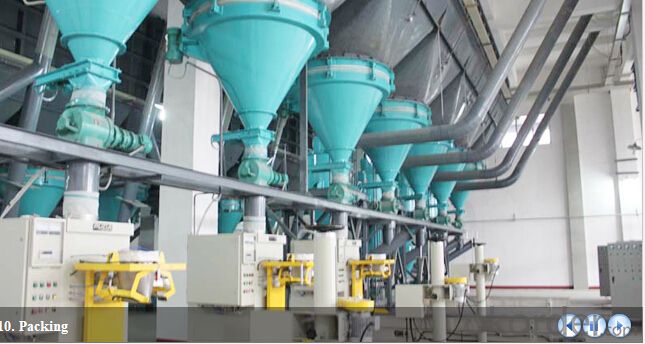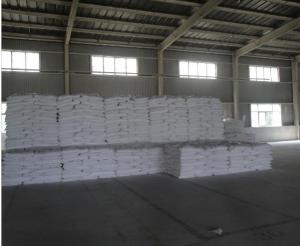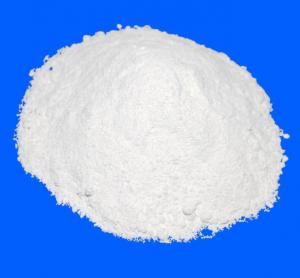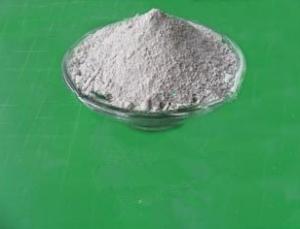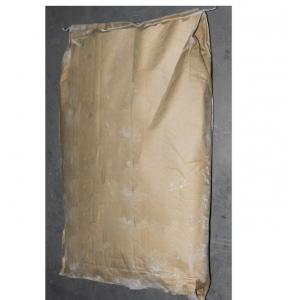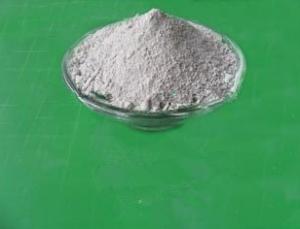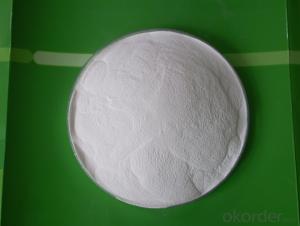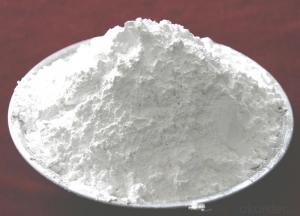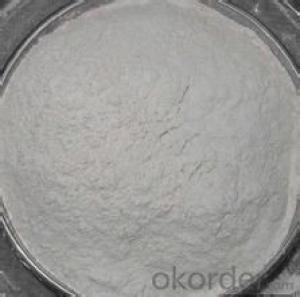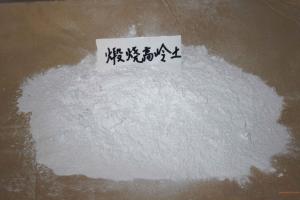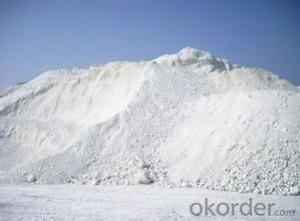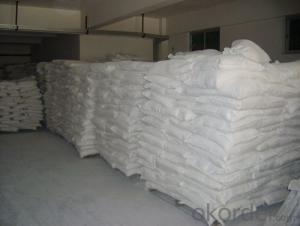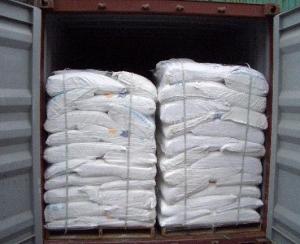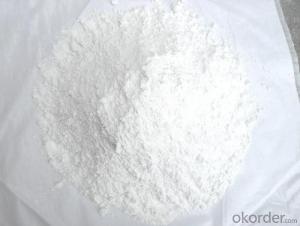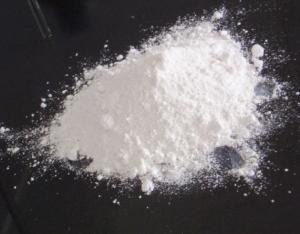HIGH REACTIVITY METAKAOLIN FOR CEMENT INDUSTRY(GB-HRM95/98)
- Loading Port:
- Tianjin
- Payment Terms:
- TT OR LC
- Min Order Qty:
- 25 m.t.
- Supply Capability:
- 12000 m.t./month
OKorder Service Pledge
Quality Product, Order Online Tracking, Timely Delivery
OKorder Financial Service
Credit Rating, Credit Services, Credit Purchasing
You Might Also Like
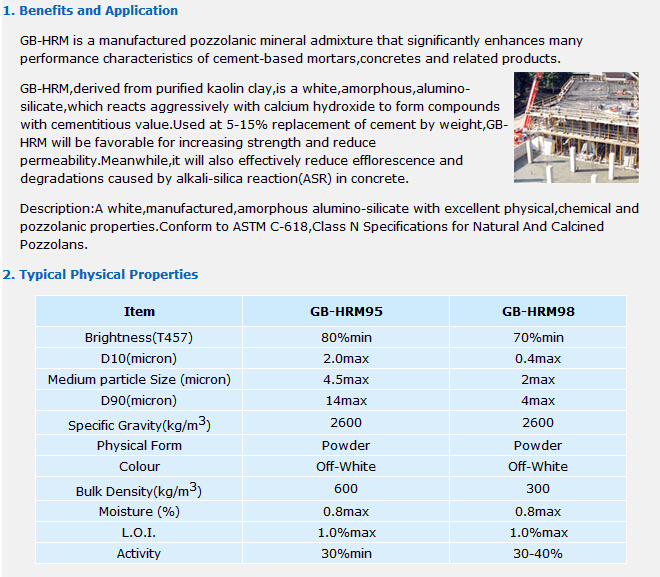

4.Application
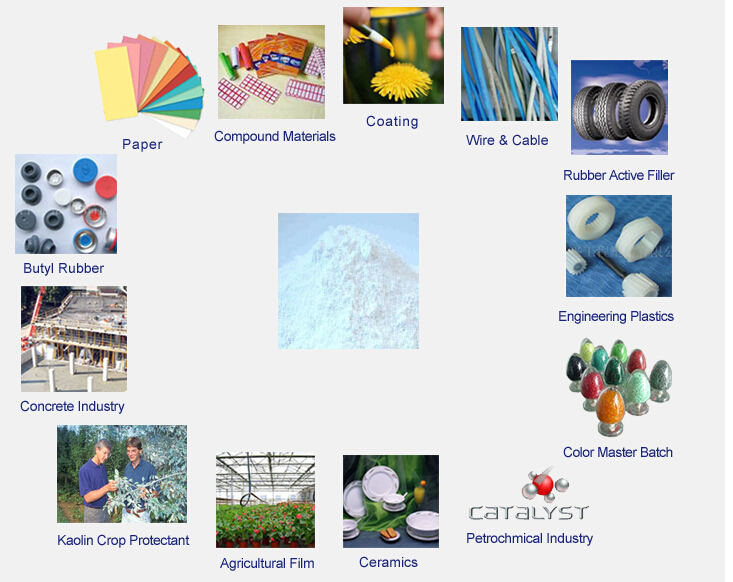
- Q: Are there any differences between bentonite and kaolin?
- Kaolin is a nonmetal mineral, is a kind of clay mineral mainly kaolinite clay and clay rock. Named for Jiangxi province Jingdezhen Gaoling village. The pure kaolin is white and delicate, soft soil, plasticity and fire resistance and other physical and chemical properties. Its good mineral is mainly composed of kaolinite halloysite, hydromica, illite, montmorillonite and quartz, feldspar and other minerals. Kaolin is widely used, mainly used for papermaking, ceramics and refractories, secondly used in coating, rubber filler, enamel glaze and white cement raw materials, a small amount of used plastics, paint, pigment, grinding wheel, pencil, cosmetics, soap, pesticide, medicine, textile, petroleum, chemical industry, building materials, defense and other industrial sectors.
- Q: Where are the main differences between kaolin and kaolinite?
- There are three types of kaolinite subgroup, including kaolinite, crust stone and Pearl stone. Their theoretical formula is Al[Si4O10] (OH) 8, without water between layers.
- Q: Kaolin, calcination and washing what is the difference between the best, you can talk about it in detail,
- Washing is the sand in the raw ore and impurities through the role of panning purification, usually three of the original ore oxidation, two aluminum content is very low, about 17-25%, if the amount of aluminum is too low, can not wash out the purity of kaolin, it is not worth washing
- Q: Process characteristics of kaolin
- Non plasticity <1 viscosity is a characteristic of a fluid that hinders its relative flow due to internal friction. Its viscosity is used to indicate its size (the internal friction force applied to 1 units per unit area). The unit is Pa. S. Viscosity measurements are generally made using rotational viscometer to measure the rotational speed in kaolin slurries containing 70% solids. Viscosity is very important in the process of production. It is not only an important parameter of ceramic industry, but also a great influence on the paper industry. According to data, foreign kaolin as paint, coating at low speed requires viscosity of about 0.5Pa - s, high-speed coating requirements of less than 1.5Pa - S.Thixotropy refers to the characteristics of a fluid that has become gelatinous and no longer flowing. It becomes fluid after stress and gradually becomes intact after being stationary. The size is expressed by a thickening factor and measured by an outflow viscometer and a capillary viscometer.Viscosity and thixotropy are related to the mineral composition, particle size and cation type in the mud. In general, the content of montmorillonite is fine, the particles are fine, and the exchangeable cations are mainly sodium, with high viscosity and high coefficient of change. Therefore, it is often used to increase the viscosity and thixotropy of plastic clay, improve the fineness and so on, and reduce it by increasing dilution, electrolyte and water content. The drying performance of kaolin clay material in the drying process. Including drying shrinkage, drying intensity and drying sensitivity.
- Q: Method for separating kaolin
- In order to prepare coating grade kaolin products, stripping of thicker layered kaolin must be made into thin sheets. Stripping methods include wet grinding, extrusion and chemical soaking. The wet grinding method will be made about 40% gas solid kaolin slurry, adding dispersant, adding grinding medium (such as quartz sand, porcelain beads, glass beads, nylon polyethylene beads) grinding machine, grinding and sieving after a certain period of time, the precipitation is. Extrusion method will be kaolin pulp sent to the high-pressure pulp mixer, the high-pressure paste pressure to 20 ~ 35Mpa, and then sprayed by the nozzle, due to sudden pressure drop, so that kaolin crystal laminated loose". High speed slurry ejected into the impeller, suddenly change the direction of movement, so that loose crystal lamination peeling. The chemical immersion method using urea solution soaked kaolin powder, and heated to 30 to 80 DEG C, adding a small amount of dispersant, the kaolin fully dispersed, high-speed stirring, so that the crystal layer peeling. Benzidine and acetamide can also be used instead of urea. The neutral water solution of AlCl3 is mixed with Na2SiO3 according to the ratio of 1 to 0.75 to 1 to 5 to produce precipitation.
- Q: Will surface treated kaolin be more insulated than untreated?
- Kaolin is an insulating material. If it is to increase the insulation of kaolin products, quartz, feldspar, calcite or mica stone should be added. If glaze, the effect will certainly be better.
- Q: The difference between clay and porcelain
- Porcelain clay, clay soil, Ge also powder, the more formal name is kaolin. Kaolin is a nonmetallic mineral, a kind of clay and clay rock mainly composed of kaolinite group clay minerals. Named after kaolin village, Jingdezhen, Jiangxi province. The quality of pure kaolin is white, fine and soft, and it has good plasticity and fire resistance. The mineral composition is mainly composed of mineral kaolinite, halloysite, illite, illite, montmorillonite and quartz, feldspar etc.. Kaolin is widely used, mainly used for papermaking, ceramics and refractories, secondly used in coating, rubber filler, enamel glaze and white cement raw materials, a small amount of paint, paint, plastic, used for grinding wheel, pencil, soap, cosmetics, pesticide, medicine, textile, petroleum, chemical industry, building materials, defense and other industrial sectors.
- Q: What is the difference between diatom mud and kaolin?
- Kaolin is a nonmetallic mineral, a kind of clay and clay rock mainly composed of kaolinite group clay minerals.
- Q: Is kaolin poisonous? What is kaolin?
- Composition: non-toxic. Kaolin kaolinite, content accounted for about 90%, the particle size is smaller than 22m, produced in China's Jiangxi province. The name of kaolinite kaolin is widely used in the field of application of ceramics, glass, paper, rubber, daily chemical industry, agriculture and so on.
- Q: How to identify kaolin?
- Washed out kaolin can produce many unexpected consequences when used in the deployment of other raw materials.
Send your message to us
HIGH REACTIVITY METAKAOLIN FOR CEMENT INDUSTRY(GB-HRM95/98)
- Loading Port:
- Tianjin
- Payment Terms:
- TT OR LC
- Min Order Qty:
- 25 m.t.
- Supply Capability:
- 12000 m.t./month
OKorder Service Pledge
Quality Product, Order Online Tracking, Timely Delivery
OKorder Financial Service
Credit Rating, Credit Services, Credit Purchasing
Similar products
Hot products
Hot Searches
